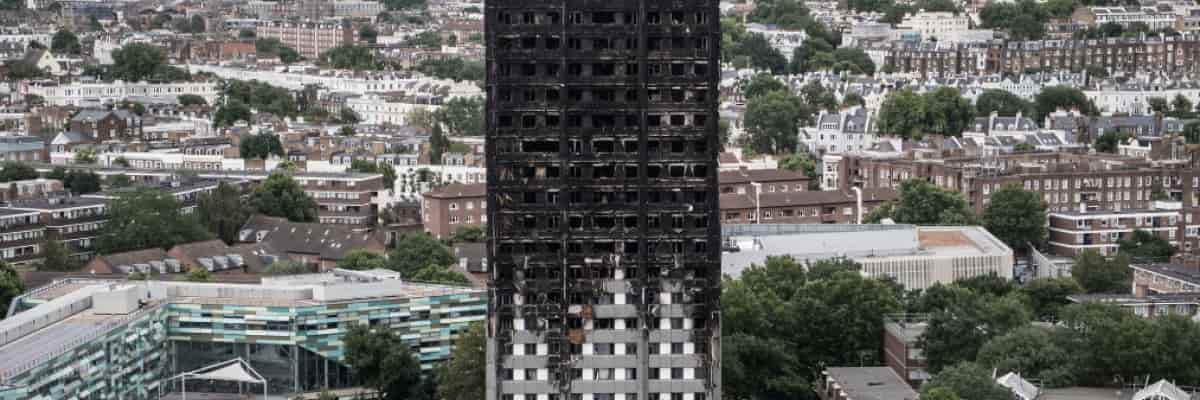Stamp Duty in the UK
Stamp duty is a tax on property transactions in the UK. Stamp Duty Land Tax (SDLT) in England and Northern Ireland, Land and Buildings Transaction Tax (LBTT) in Scotland, and Land Transaction Tax (LTT) in Wales.

Understanding Stamp Duty: A Guide to Navigating Property Taxes
Stamp Duty—two words that can make even the most seasoned property buyers shudder. It’s the necessary evil that comes hand-in-hand with purchasing a property in the UK. Whether you’re buying a cozy cottage in Scotland, a swanky flat in London, or a countryside retreat in Wales, you’ll have to face this fiscal hurdle. But fear not! I'm here to help you navigate the complexities of Stamp Duty with a touch of humor and a lot of useful information.
Before we continue, it's worth noting that I built a calculator you can use to calculate Stamp Duty anywhere in the country. It's here.
What Is Stamp Duty?
Stamp Duty is essentially the government’s way of joining in on your property-buying excitement—by taxing it. When you buy a property or land over a certain price in the UK, you’re liable to pay Stamp Duty Land Tax (SDLT) in England and Northern Ireland, Land and Buildings Transaction Tax (LBTT) in Scotland, or Land Transaction Tax (LTT) in Wales. Think of it as the housewarming gift you didn’t ask for but can’t avoid.
The Basics of Stamp Duty in England, Wales, and Scotland
Let’s break it down with a fun scenario: Imagine you’ve just found your dream home valued at £1 million. What the hell £1m? Yes, because I want to show the different bands as much as I can, if I keep the property amount too low it's too dull.
You’re already picturing where the sofa will go, how you’ll landscape the garden, and which wall will be your feature Instagram backdrop. But before you get too carried away, let’s see how much you’ll need to fork out in Stamp Duty.
Bands and figures are correct at the time of writing; use my calculator mentioned above to check If needed.
England (SDLT):
In England, the Stamp Duty Land Tax rates for residential properties are tiered based on the property value. Here’s how it looks for our £1 million property:
- Up to £250,000: 0% (Hurrah! A small win!)
- £250,001 - £925,000: 5% (So far, so manageable)
- £925,001 - £1.5 million: 10% (Ouch!)
Calculation:
- 0% on the first £250,000 = £0
- 5% on the next £675,000 (£925,000 - £250,000) = £33,750
- 10% on the remaining £75,000 (£1,000,000 - £925,000) = £7,500
Total SDLT: £41,250
Scotland (LBTT):
North of the border, things are a bit different with the Land and Buildings Transaction Tax:
- Up to £145,000: 0% (Nice start)
- £145,001 - £250,000: 2% (Still okay)
- £250,001 - £325,000: 5% (Getting warmer)
- £325,001 - £750,000: 10% (Now we’re cooking)
- Over £750,000: 12% (Burning a hole in your wallet)
Calculation:
- 0% on the first £145,000 = £0
- 2% on the next £105,000 (£250,000 - £145,000) = £2,100
- 5% on the next £75,000 (£325,000 - £250,000) = £3,750
- 10% on the next £425,000 (£750,000 - £325,000) = £42,500
- 12% on the remaining £250,000 (£1,000,000 - £750,000) = £30,000
Total LBTT: £78,350
Wales (LTT):
And in Wales, the Land Transaction Tax gives us yet another set of rules:
- Up to £225,000: 0% (Keep the champagne corked)
- £225,001 - £400,000: 6% (Slight sting)
- £400,001 - £750,000: 7.5% (It’s adding up)
- £750,001 - £1.5 million: 10% (Brace yourself)
Calculation:
- 0% on the first £225,000 = £0
- 6% on the next £175,000 (£400,000 - £225,000) = £10,500
- 7.5% on the next £350,000 (£750,000 - £400,000) = £26,250
- 10% on the remaining £250,000 (£1,000,000 - £750,000) = £25,000
Total LTT: £61,750
If you’re buying in Scotland, you might think, “Why so much?” At least you get all that fresh air and those scenic views, right?
The Joy of Additional Property Rates
If you’re lucky enough to be buying a second property—perhaps a holiday home or an investment—then you’ll be paying an extra 3% on top of the standard rates in England, Wales, and Scotland. Yes, you heard that right. It’s the government’s way of saying, “Congratulations on your new property! Here’s your bill.”
For a £1 Million Property:
- England: £41,250 + £30,000 = £71,250
- Scotland: £78,350 + £30,000 = £108,350
- Wales: £61,750 + £30,000 = £91,750
Ouch! So if you’re planning on splashing out on a second home, make sure you’ve budgeted for this extra tax hit.
Non-Residents: The Ultimate Surcharge
Now, if you’re a non-resident buying property in the UK, you’re not just paying the standard Stamp Duty rates or even the additional property rate—you’re paying an extra 2% on top of everything else. It’s like a warm, welcoming handshake that also happens to squeeze your wallet a bit tighter.
For a £1 Million Property:
- England (Non-resident): £71,250 + £20,000 = £91,250
- Scotland (Non-resident): £108,350 + £20,000 = £128,350
- Wales (Non-resident): £91,750 + £20,000 = £111,750
Summary: Stamp Duty—Love It or Hate It, You Can’t Escape It
So there you have it: a whirlwind tour of Stamp Duty in the UK. Whether you’re buying your first home, a second property, or investing as a non-resident, Stamp Duty is a key consideration. While it may seem like a lot to take in (and pay out), understanding these costs upfront can save you a lot of surprises down the road. And remember, as you sign those final papers and hand over your money, you can at least take solace in the fact that everyone else is in the same boat—just be sure to invite the taxman to the housewarming party!
Lee Wisener, CeMAP, CeRER, CeFAP
Having worked in the mortgage industry for over 20 years I have always wanted to build a website dedicated to the subject. Also being a geek when it comes to the internet all I needed was time and I could both build the site from scratch and fill it with content. This is it!
Article List
Recent Blog Posts

Grenfell Tower Enquiry Report
04-09-2024
Today, the Grenfell Tower Enquiry Report was released. Am I surprised at the outcome? No, but I am surprised at just how scathing the report has been of everyone, right up to the government level.

New Tax Guides
18-08-2024
I have been asked a few times to create some guides on Tax in the UK. Many people are confused by the rules and, in fact, what taxes can affect the majority of us at some point in our lives. I have put a new section together for these.

Inflation on the rise again
14-08-2024
Inflation has risen following a decent downward run. What does this mean for prices and, more importantly, for mortgage holders regarding interest rates?